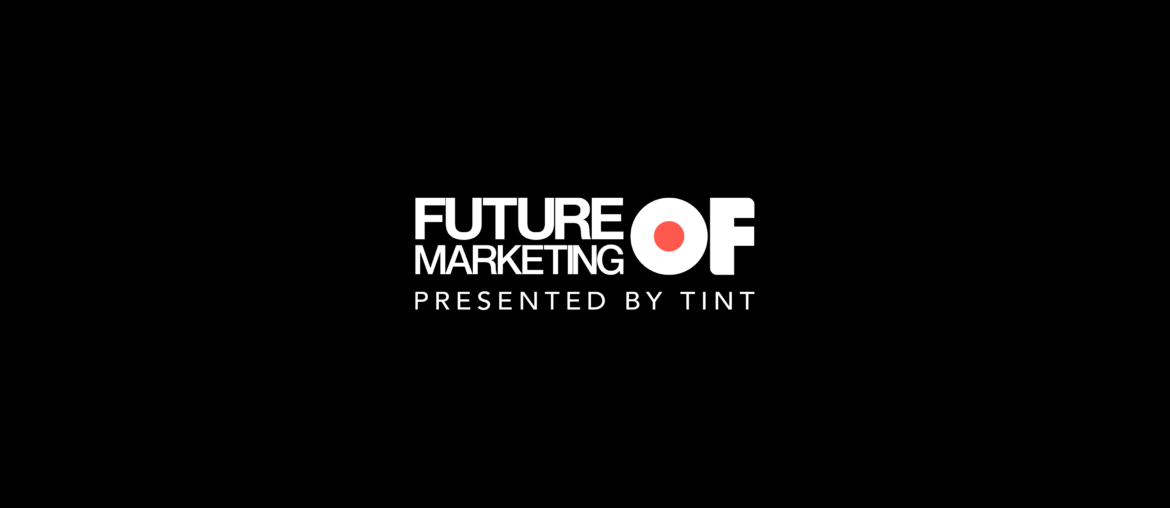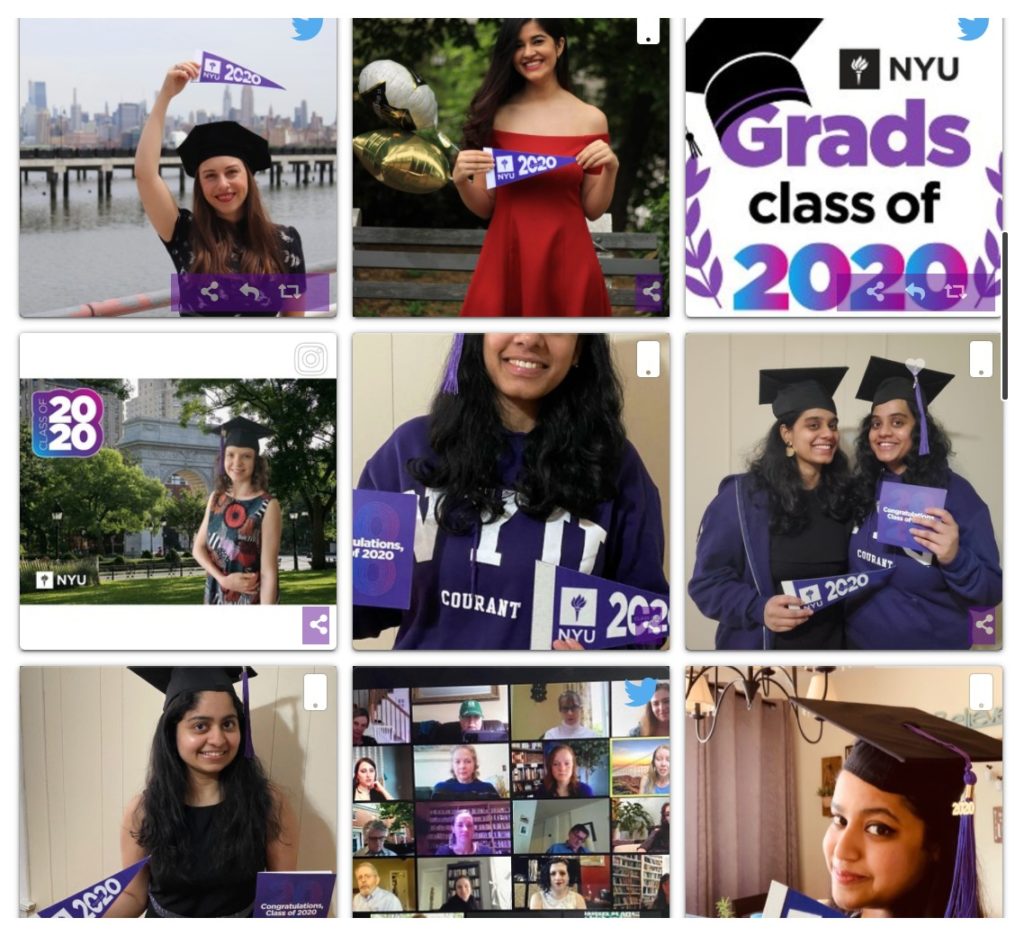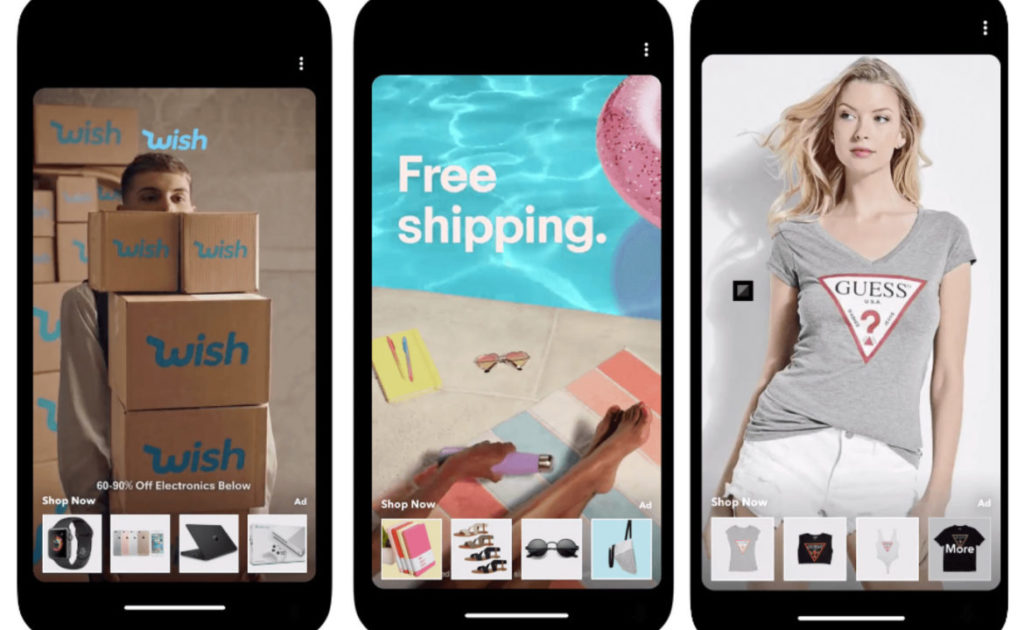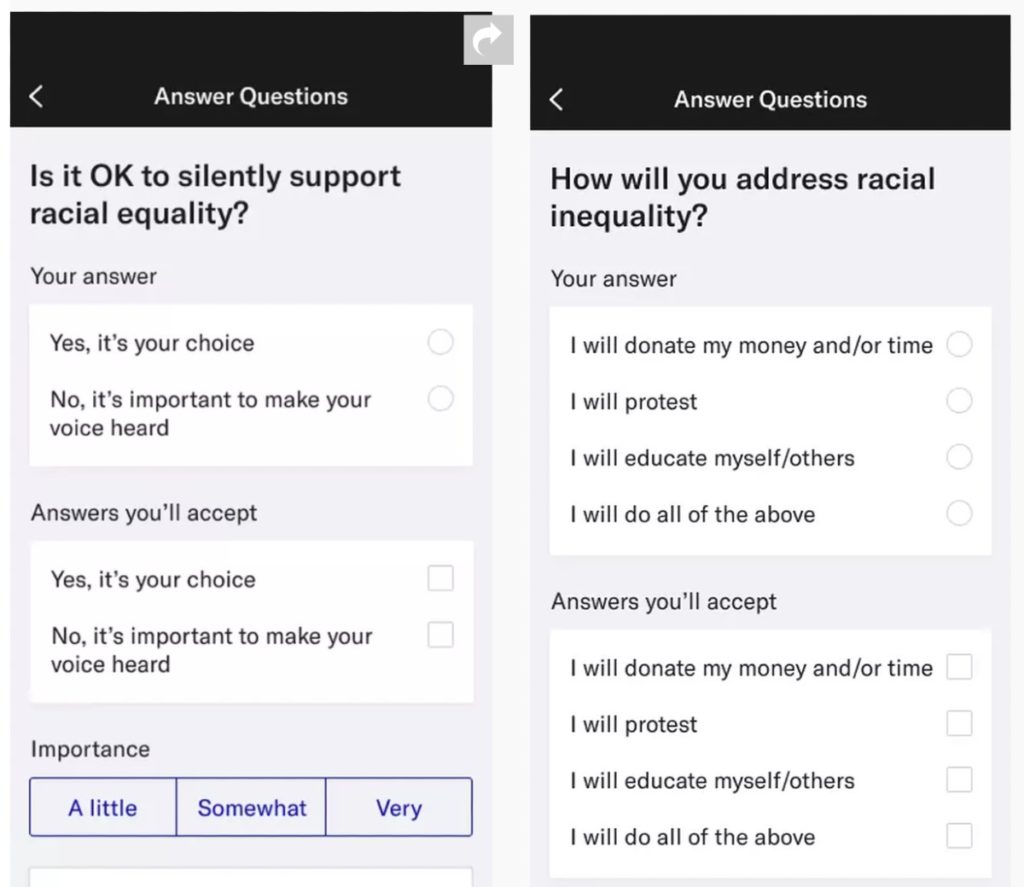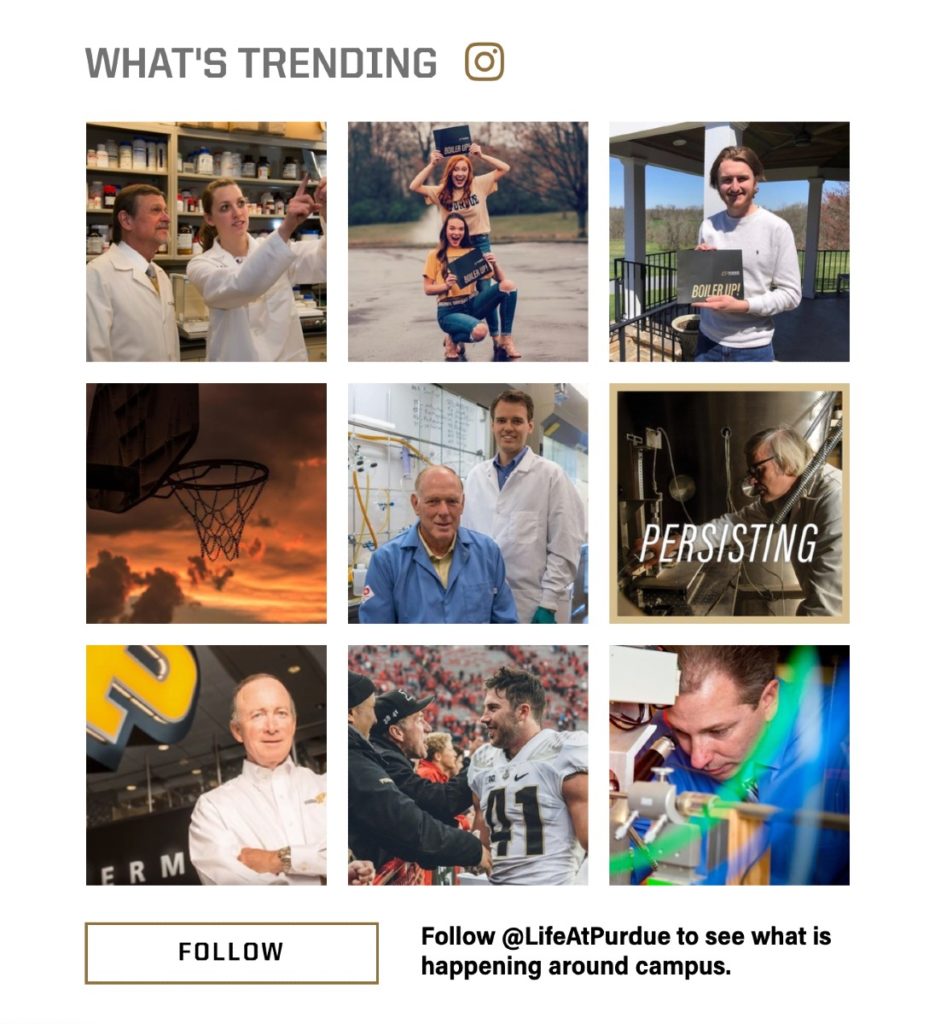This content originally appeared June 18, 2020 as part of the Future of Marketing weekly email series. Subscribe here.
Before the pandemic, distance learning, eCommerce, and remote work were already predicted to grow. COVID-19 accelerated these trends at a pace many companies were not ready for.
Kasey Panetta with Gartner states, “Large organizations will struggle with digital innovation as they recognize the challenges of technology modernization and the costs of simplifying operational interdependence. Smaller, more agile organizations, by contrast, will have an opportunity to be first to market as larger organizations exhibit lackluster immediate benefits.”
Companies that weren’t prepared for digital transformation (and most recently, social movements) are now racing to prepare for other emerging trends as consumer behavior continues to change.
Engaging virtual education
The pandemic caused school closures in 190 countries, impacting 90% of total enrolled learners – or about 1.6 billion people globally. Universities are facing the challenge to implement technology and digital tools to appeal to students. “The value of college is often more about meeting people than learning things… with the internet now, I can learn anything without any help,” shared Audrey Labovitz, a mechanical engineering student. “It would be helpful if I had professors, but if I really wanted to, I could learn most of it from YouTube.”
As students discover more convenient alternatives, universities are implementing creative approaches – including virtual graduations – to justify tuition costs, ensure safety, and engage students. Arizona State University (ASU) is hosting a free virtual event featuring nationally respected higher education experts to help faculty design engaging experiences for students, as it prepares to balance remote and in-person lectures.
ASU also invested heavily to provide COVID-19 testing and contact tracing for all students and developed an app to help students track their health status. Meanwhile, in Beijing, some schools are wearing bracelets to monitor the body temperatures of its students, and students in Taiwan built Lego robots that spray sanitizer into their hands.
In addition to health precautions – flexible courses, mental health resources, and family-friendly tools (i.e. chatbots) that facilitate communication between educators, students, and parents are also necessary. To engage and communicate these changes with the community – microsites, live streaming, virtual events, and social aggregation will be at the forefront of many marketing strategies for the education industry moving forward.
Investing in digital retail
By the end of 2020, over 20,0000 retail stores are predicted to close. Global fashion retailer, Zara, is now pulling resources away from brick-and-mortar to invest in digital infrastructure and eCommerce, as online sales were up 50% during the first quarter. “This is where separating Amazon from the rest of the digital retail pack is important, because no retailer or group of retailers right now can go toe-to-toe with the shipping and return infrastructure Amazon has in place,” states PYMNTS.
Retailers will face more competition, as Walmart partnered with Shopify – allowing Shopify merchants to connect their online store and sell through the Walmart marketplace without having to pay fees to list their products. Meanwhile, Snapchat rolled out Dynamic Product Ads (DPAs) internationally, allowing eCommerce brands to upload their product catalog to Snapchat and create ads in real-time.
Snapchat DPAs will direct people to the advertisers’ platforms and automatically update the ads as product availability or pricing change. During the recent Snapchat Partner Summit, the platform reported it has higher reach in the U.S. than Twitter and TikTok combined. Snap also reported revenue of $462 million in Q1 of 2020, up more than 44% over the Q1 of 2019 – as ad revenue grew and attracted big-spending brand advertisers.
Retailers need to understand the platforms their audience is most active on and use those insights to gain exposure and target consumers more effectively. Inventory deployment, product diversification, and shipping strategies all pose new challenges – but fortunately, technology has made social eCommerce and marketing solutions more accessible, including hotspots, and onsite shoppable homepage and product galleries.
Inclusive messaging
The future of work is more than flexible remote and hybrid business models – it is inclusive. With Black Lives Matter (BLM) and now global LGBTQ+ Pride month in June, messaging surrounding equality is the focus for many brands as they speak up to educate consumers and protect employees’ rights. In fact, the Supreme Court recently ruled it is now illegal to fire people for being LGBTQ+.
OKCupid released various initiatives, including a profile badge for daters to add to their profiles and publicly share their support of the BLM movement. The dating company also launched a series of matching questions to encourage civil conversations around equality to foster connections between users. Towards the end of June, OkCupid will launch a virtual Pride celebration on Instagram with LGBTQ+ advocates and influencers.
Adobe, Nike, Twitter, and Square were among leading brands recognizing Juneteenth as a holiday – giving employees the day off to focus on reflection and advocacy. Meanwhile, following backlash from employees and consumers, Starbucks reversed its message stating employees couldn’t wear clothing supporting BLM. The company worked with Starbucks Black Partner Network to co-design BLM t-shirts that will now be sent to over 250,000 store partners.
Brands need to be intentional and clear when voicing their stance for any social movement. If you want to update your logo to reflect BLM or the Pride flag, first consider if you are genuinely supporting and empowering your customers and staff. Does your company mention black and trans people in your non-discrimination policy? Is your company truly inclusive – or is it all talk? Remember, action speaks louder than words.
#BrandCrush: Purdue University
Ranked the No. 6 Most Innovative University in the United States by U.S. News & World Report, Purdue is committed to hybrid, real-world learning – and affordability and accessibility. The university shared their plans for the Fall and has frozen tuition and most fees at 2012-13 levels, enabling more students to graduate debt-free.
The university invites students and staff to tag social media content with #PurduePersistence and displays this user-generated content (UGC) on their website’s homepage. The trending content includes Purdue stories of resilience – from research initiatives to student highlights.
Purdue University is also among 10% of U.S. Schools with an LGBTQ center, demonstrating their efforts to support diversity and equality. The university offers various welcoming cultural centers – for Black, Asian, Latino, and Native American community members – to connect, support, and foster an inclusive culture.
